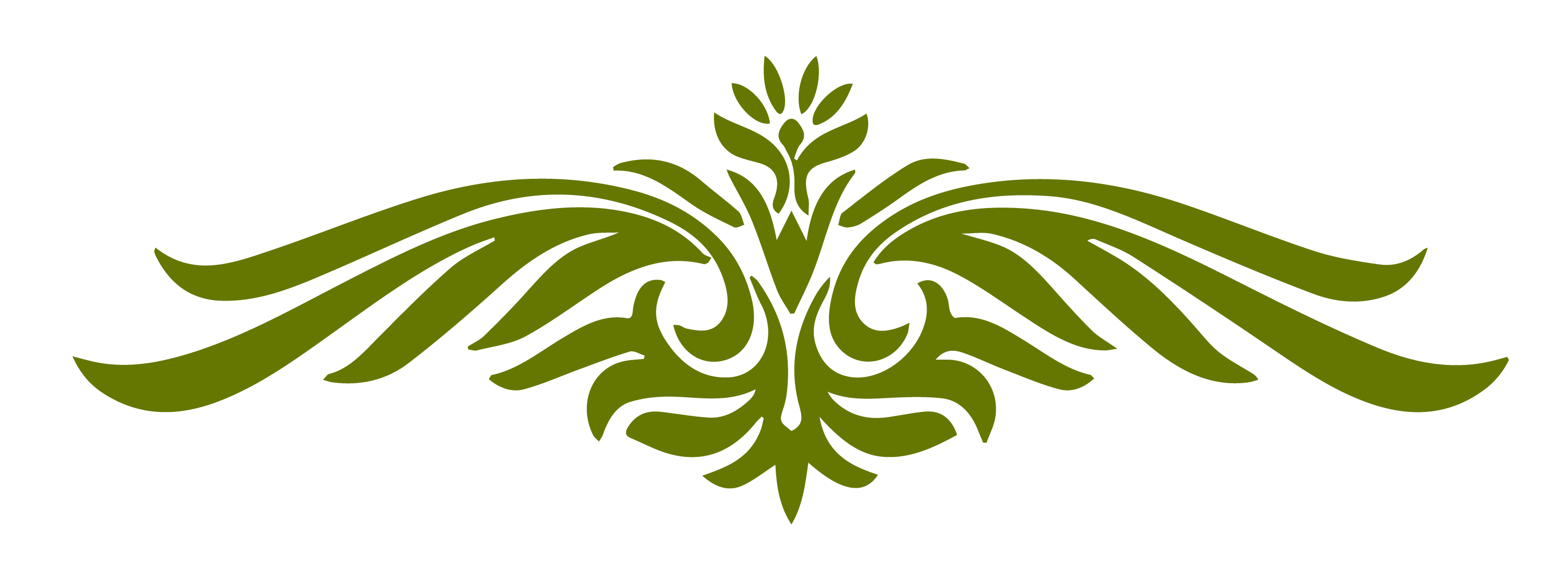28 = 7 x 4 = 7 + 7 + 7 + 7; In the division method, we divide the numbers 7, 14 and 21 by a common prime number until the remainder is a prime number or one. Lcm of 7, 14 and 21 using division method. Web the protocol allowed for a current dose decrease to 2.0 or 1.5 ma if stimulation intensity was not tolerated at 2.5 ma. Web the pattern should read \(1,4,9,16,25,36,\ldots\).
7 × 3 = 21. D = 7 (this is the common difference) the recursive form of this arithmetic sequence is: 1, 1, 2, 3, 5, 8. A n = a ( n − 1) + 7 the nth terms: The pattern in each sequence is as follows:
7 × 7 = 49. 35 = 7 x 5 = 7 + 7 + 7. Web the pattern should read \(1,4,9,16,25,36,\ldots\). Web hence the numbers 7, 14 and 21 can be expressed as; Web algebra identify the sequence 7 , 14 , 21 , 28 7 7 , 14 14 , 21 21 , 28 28 this is an arithmetic sequence since there is a common difference between each term.
The numbers increase by 6 each time, so the pattern is +6. D = 7 d = 7 Web algebra sequence calculator step 1: As we alluded to earlier, the latest model forecasts suggest el niño may disappear by late spring or summer. Web algebra identify the sequence 7 , 14 , 21 , 28 7 7 , 14 14 , 21 21 , 28 28 this is an arithmetic sequence since there is a common difference between each term. By analyzing three different sequences, the speaker demonstrates that patterns can involve adding a certain amount to each number, or multiplying each number by a certain amount. Web here we list the most common patterns and how they are made. 7 × 5 = 35. See steps other ways to solve arithmetic sequences Find more mathematics widgets in wolfram|alpha. Counting and number patterns we get multiples by counting numbers in a particular pattern. 7 × 4 = 28. 21 = 7 x 3 = 7 + 7 + 7; Choose the correct alternative that will same pattern and fill in the. Here are three solutions (there can be more!):
Web The Pattern Should Read \(1,4,9,16,25,36,\Ldots\).
Arithmetic sequences an arithmetic sequence is made by adding the same value each time. It's important to ensure the pattern remains consistent throughout the sequence. 7 the sum of the sequence equals: Find more mathematics widgets in wolfram|alpha.
Web They're All Multiples Of 7, Which Means That They Can Each Be Represented As A Number Times 7.
Add 1, then add 2, 3, 4,. Web what is the next number in the sequence 1, 2, 4, 7, ? The formula for expressing arithmetic sequences in their recursive form is: 3, 5, 7, 9, 11, 13, 15, 17, 19,.
So, The Next Number Will Be 35 + 7 = 42.
Web hence the numbers 7, 14 and 21 can be expressed as; Web the protocol allowed for a current dose decrease to 2.0 or 1.5 ma if stimulation intensity was not tolerated at 2.5 ma. Or, because multiplication is really just a shortened form of addition, they can each be represented by a bunch of 7s being added together: 14 = 7 x 2 = 7 + 7;
Write The Next Two Terms In The Pattern.
In the division method, we divide the numbers 7, 14 and 21 by a common prime number until the remainder is a prime number or one. Web find the next number in the sequence (using difference table ). Here are three solutions (there can be more!): 7, 14, 21, 28, 35, 42, 49, 56.









